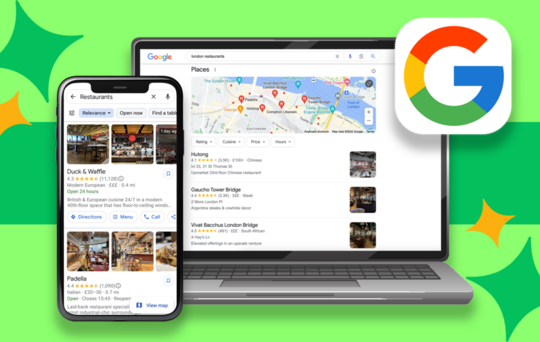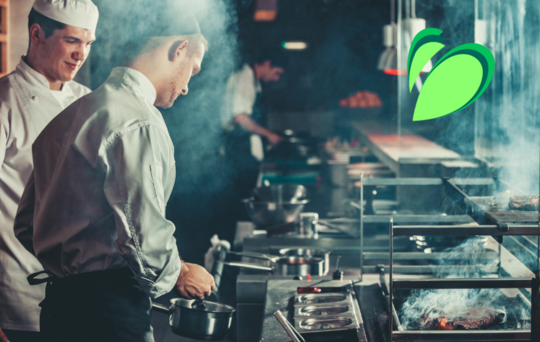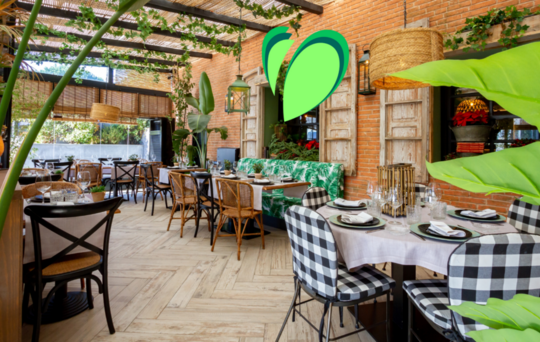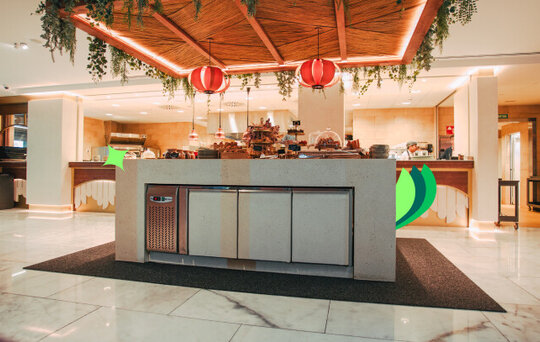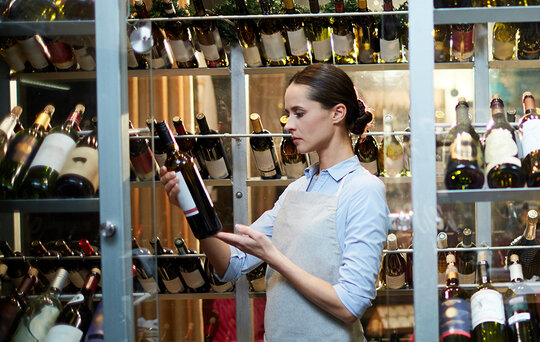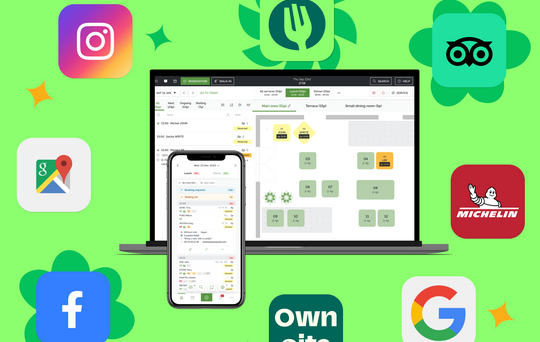Hygiene in Catering: Standards and Tips
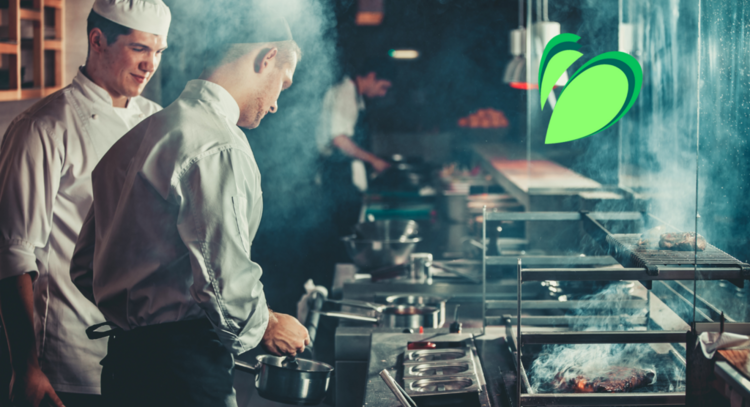
Health and hygiene standards in a restaurant
Adhering to health and hygiene standards in your restaurant isn’t just a regulatory obligation but a critical hallmark of quality for your customers. If you want diners to come back for more, they need to trust that your food will be delicious and prepared in a safe and clean environment. Understanding and applying these standards is essential for protecting your customers’ health and ensuring your restaurant operates smoothly.
Mastering hygiene standards in catering
When it comes to mastering hygiene standards, there are a few key elements you need to consider:
Standards for food storage and preservation
To ensure food safety in your restaurant, you must pay meticulous attention to standards for storing and preserving your food. This includes rigorous management of the cold and hot chain, which is essential for preventing the development of harmful bacteria and maintaining your products’ quality.
It is also imperative to manage expiration dates and food handling efficiently. Your staff need to be trained in food hygiene rules, including handwashing, the use of gloves, and the separation of raw and cooked foods to prevent cross-contamination. The HACCP (Hazard Analysis Critical Control Point) training is a valuable tool to educate your teams on best practices for handling food.
Hygiene rules for staff
Staff hygiene is a cornerstone of food safety. This includes wearing clean uniforms, wearing head coverings, regular handwashing, and adhering to personal cleanliness standards. You must ensure that your staff are well-informed and rigorously follow these rules to maintain a healthy and safe working environment.
Cleaning and disinfection of premises and equipment
A restaurant must have a regular and systematic cleaning programme. This includes daily cleaning of work surfaces, floors, utensils, and kitchen equipment. It is important to disinfect frequently touched areas such as door handles, faucets, and control buttons.
Periodic maintenance of kitchen equipment is also important for your restaurant's hygiene. This includes checking and cleaning refrigerators, ovens, fryers, and mixers. Hood filters must also be cleaned regularly to prevent grease buildup and fire hazards.
Maintaining detailed records of cleaning and disinfection activities helps ensure regularity and compliance with health standards. These records can also be useful during health inspections to demonstrate your establishment's diligence in hygiene.
Other restaurant safety standards to comply with
In addition to hygiene and cleanliness standards, your restaurant must comply with other essential regulations, including:
- Accessibility for people with reduced mobility
- Adequate safety measures such as emergency exits and equipment
- Compliance with copyright for music broadcasting
- Mandatory display of information such as alcohol licenses, allergens, and opening hours
Restaurants must also comply with specific local regulations, including waste management and noise standards.
Try TheFork Manager today
Prepare your restaurant for food safety inspections
A food safety inspection is a process in which an authorised officer from your local council assesses your hygiene practices, food handling and storage, and the maintenance of premises and equipment in your restaurant. The goal is to identify any risks to consumer health and ensure your establishment complies with all applicable health and food regulations.
What are the steps of a food safety inspection?
Authorised officers usually arrive unannounced to assess your restaurant's regular operating conditions. Stringently maintain your business’s hygiene and safety standards to ensure you’re always prepared for an unexpected inspection.
To check that your restaurant is complying with food laws and producing food that is safe for customers to eat, the officer will assess:
- Your premises
- How you work
- Your food safety management system
- The types of food you make and prepare
What happens after the inspection?
Once the inspection is complete, you’ll be sent a letter to confirm any improvements you need to make and by when. Usually, you will be responsible for confirming you’ve made these improvements.
In the instance of any serious food safety problems, you may be sent a ‘notice’. The notice can include banning you from using certain equipment or processes until improvements have been made. Your business will later be revisited to ensure you’ve followed the improvements listed in the notice.
The main checkpoints to know
During a health inspection, officers will focus on several key points to assess your restaurant's compliance with health standards.
Storage and preservation of food
How you store your food and manage the cold chain for perishable products will be carefully examined. The officer will check whether foods are stored at the right temperature to avoid the development of bacteria.
Personal hygiene and staff training
The personal hygiene of your employees, including regular handwashing, wearing clean clothes, and proper illness management, is crucial. Staff training, including HACCP training, will also be taken into account.
Cleaning and disinfection of premises
The officer will evaluate the cleanliness of your premises such as the kitchen, service areas, and toilets. This includes checking the frequency and effectiveness of cleaning and disinfection routines.
Waste management
Another crucial point to consider is how you handle, store, and dispose of waste. Officers will verify whether your waste management procedures comply with hygiene standards.
Facility and equipment safety
The condition and maintenance of kitchen equipment and the overall safety of your facilities are checked. This includes the condition of your cooking appliances, refrigerators, and ventilation systems.
Compliance with local regulations
Your restaurant must comply with local regulations concerning mandatory display, fire safety, and other aspects of operating a catering establishment.
Handling non-conformities and corrective measures
Handling reported non-conformities during health inspections is crucial for any restaurant, especially when facing potential administrative sanctions (warnings, fines, or even temporary or permanent closure of your establishment).
To avoid these consequences, you must precisely analyse the reported problems and develop a detailed action plan to address them. Corrective measures may require adjustments to your equipment, additional staff training, or the revision of your cleaning procedures.
Document all your actions as this information will be important during follow-up inspections. A proactive response to non-conformities is necessary to:
- Ensure your restaurant's compliance with health standards
- Prevent the recurrence of problems
- Protect the health of your customers
- Maintain your establishment's reputation
Invest in technology that improves hygiene
Technological innovations in catering come in all shapes and sizes, such as automated temperature monitoring systems that help to maintain a consistent cold chain and prevent food degradation. Additionally, smart kitchen equipment that can signal maintenance or cleaning needs has been transformational for commercial kitchens.
Furthermore, digital solutions for hygiene monitoring facilitate the management of your cleaning and disinfection tasks. Applications allow for programming cleaning routines, monitoring their completion, and even training staff in best hygiene practices in your restaurant.
Contactless payments and digital menus reduce physical touchpoints, minimising the risk of cross-contamination. These technologies help create a safer environment for consumers and staff while providing a modern and efficient user experience.
Once you’ve got your health and hygiene standards in tip-top shape, find out how to welcome more customers through your doors with TheFork Manager.


